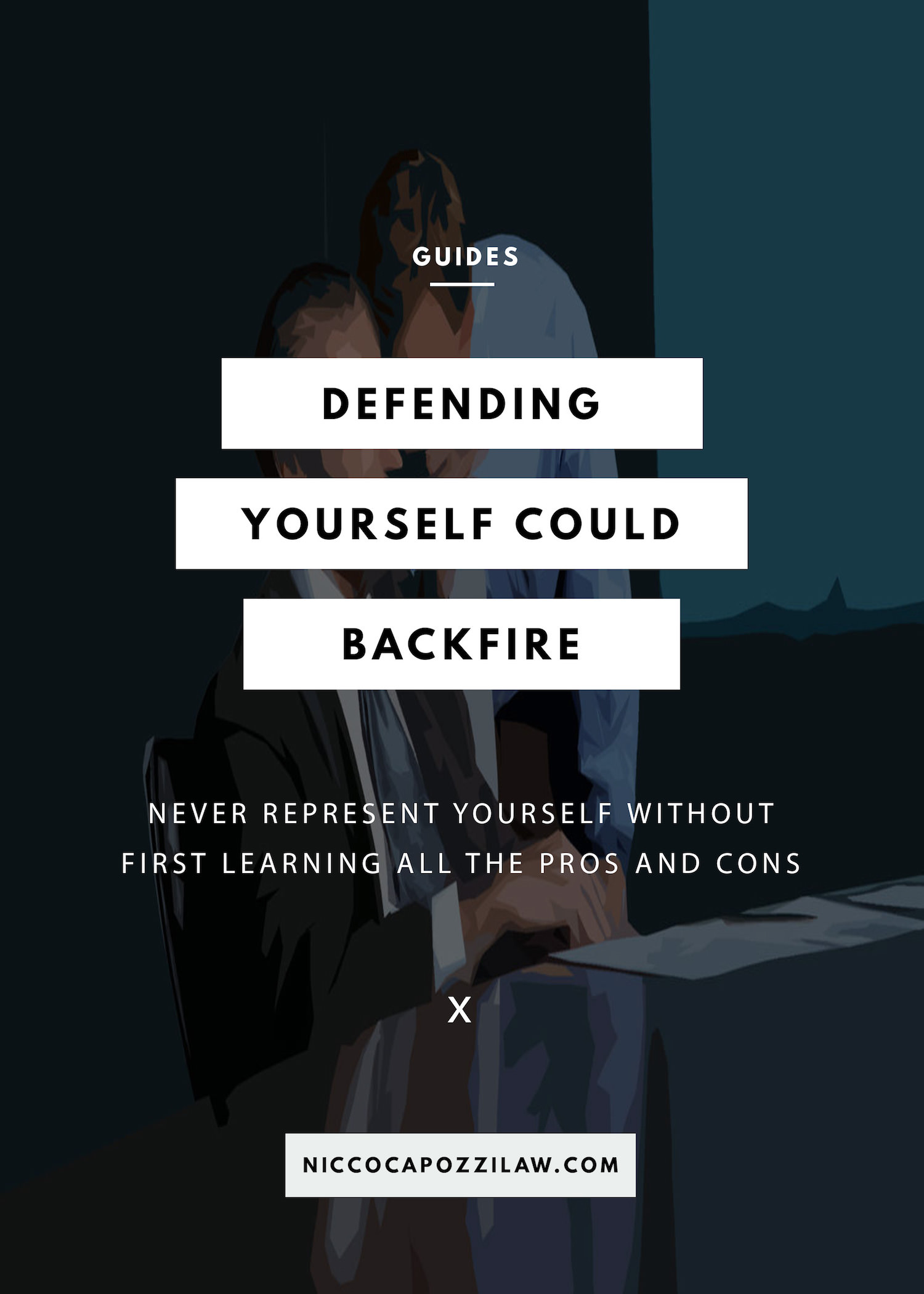February is Teen Dating Violence Awareness Month, an effort to raise awareness about relationship abuse and promote programs that can help prevent it. It's important for both parents and teens to know the signs and how to take action if dating violence ever becomes a concern.
The Centers for Disease Control and Prevention (CDC) defines teen dating violence as the "physical, sexual, psychological or emotional violence within a dating relationship, including stalking. It can occur in person or electronically and might occur between a current or former dating partner."
What Are the Statistics?
A 2011 CDC survey found that 22 percent of women and 15 percent of men who ever experienced rape, physical violence or stalking by an intimate partner, first experienced some form of partner violence between the ages of 11 and 17. One in 10 high school students has been intentionally hit, slapped or physically hurt by a boyfriend or girlfriend.
What Are the Signs?
If a teen is the victim of abuse, they may become depressed, engage in unhealthy behaviors, begin having problems in school or lose interest in social activities. An abusive partner might have a bad temper or mood swings. They might belittle their partner, keep their partner from family and friends, or pressure their partner to do things they don't want to do. Constantly monitoring their partner's social media accounts and making false accusations are also signs of dating violence.
How to Get Help
There are numerous resources available if you or a loved one needs help. Teens and young adults can reach out to the trained peer advocates at Loveisrespect.org at any time, and the National Domestic Violence Hotline is available 24 hours a day.






